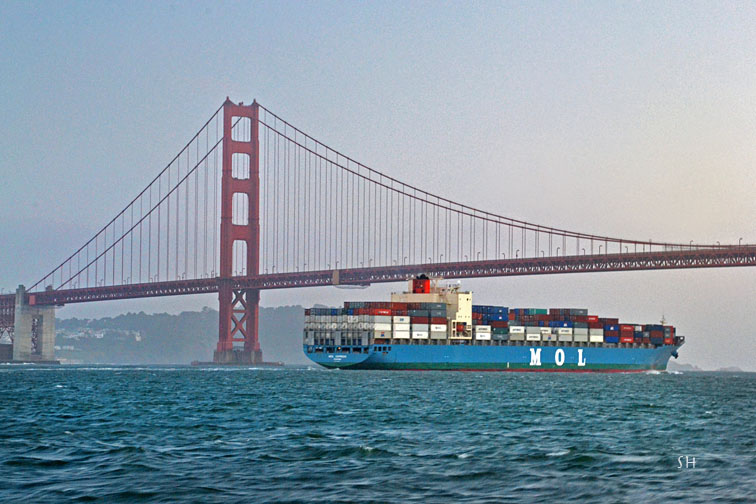The Peninsula
One Year After the KORUS FTA
Published March 18, 2013
Category: South Korea

The U.S.-Korea Free Trade Agreement, or KORUS FTA, has now been in effect for one year and, as with any agreement, it is natural to reflect on what the FTA has achieved. As the largest U.S. FTA in more than two decades, and one of the few with a major developed economy, the KORUS FTA holds the promise to make significant trade gains for both the United States and Korea. Beyond the prospect for increased trade, the agreement has helped to ease trade by improving transparence and customs procedures for exporters, while further opening up the Korean market to U.S. service exporters.
The early results for trade in goods which saw an immediate tariff elimination or reduction from the KORUS FTA have been positive. Through the first ten months (the most recent data available) exports of U.S. products that have seen tariff reductions are up 2.2 percent. For example, sales of U.S. autos are up nearly 50 percent, while exports of U.S. agricultural products have seen strong growth with sales of products such as oranges up more than 30 percent and almonds nearly 60 percent. However, products that did not immediately benefit from the KORUS FTA saw a decrease in exports to Korea by nearly 17 percent as economic growth in Korea slowed in 2012. This helps explain the increase in the overall U.S. trade deficit with Korea, along with the still sluggish global economy.
At the same time, the United States has done well on the services and investment side of the ledger. Exports of U.S. services to Korea are up more than 10 percent, while Korean investment into the United States over the first three quarters of 2012 was $4.8 billion, nearly $3 billion more than U.S. investment into Korea.
With growth in Korea slowing down due to a broader slowdown in the global economy, it is impressive that U.S. exports have continued to grow at a modest rate. However, it is important to keep in mind that first year data for any agreement is inconclusive as the results are highly susceptible to short term economic conditions. A better gauge of the agreement’s success will come in the years ahead when the agreement will be more fully in effect and data is less susceptible to short term factors such as global economic slowdowns or fluctuations in companies purchasing.
To learn more about how to utilize the agreement go to the United States Trade Representative’s KORUS FTA page or visit U.S.-Korea Connect.
Watch the recorded video of the event here:
Photo from Scott Hess’ photostream on flickr Creative Commons.
